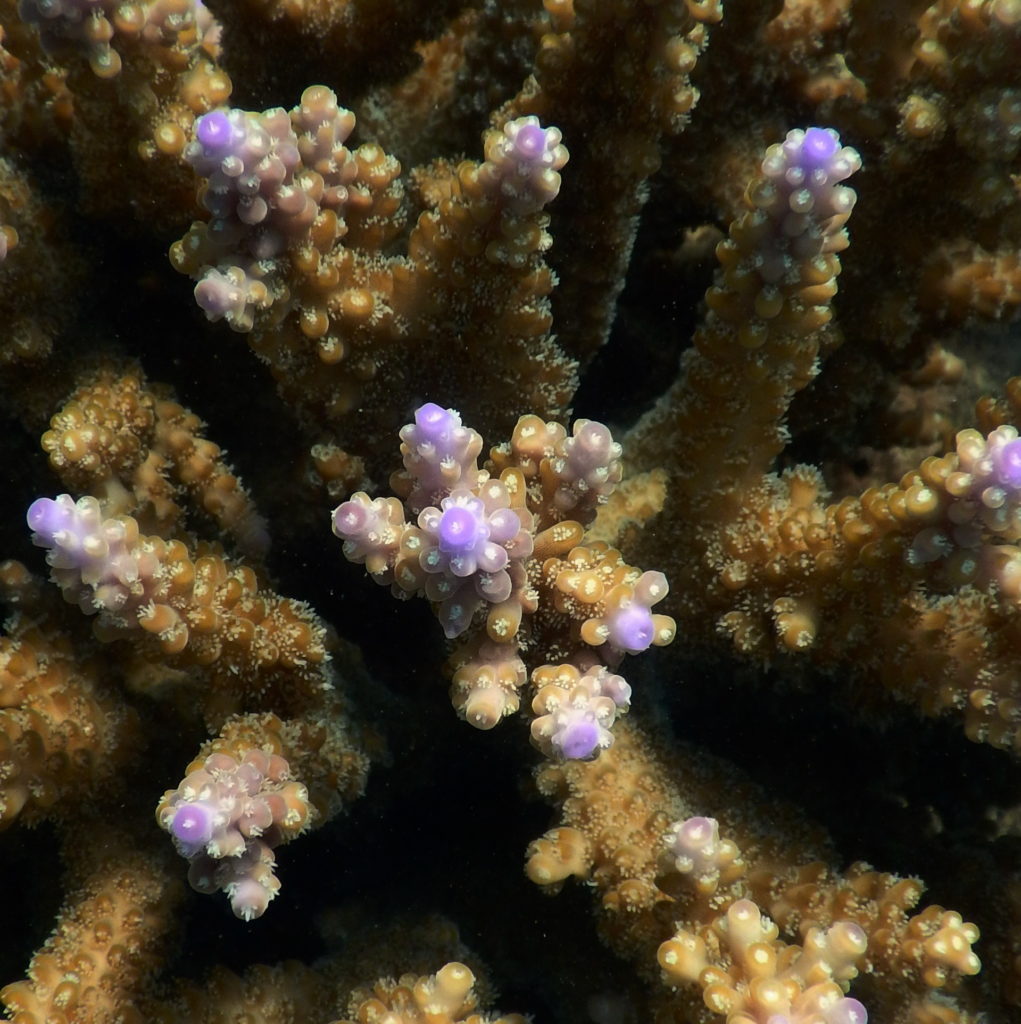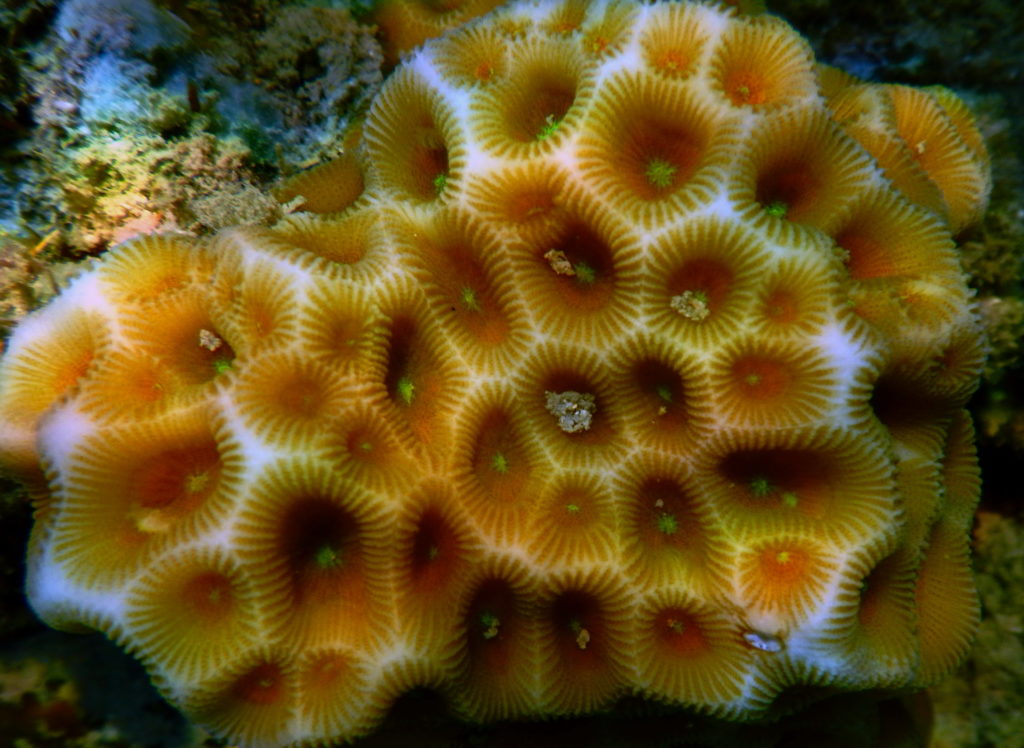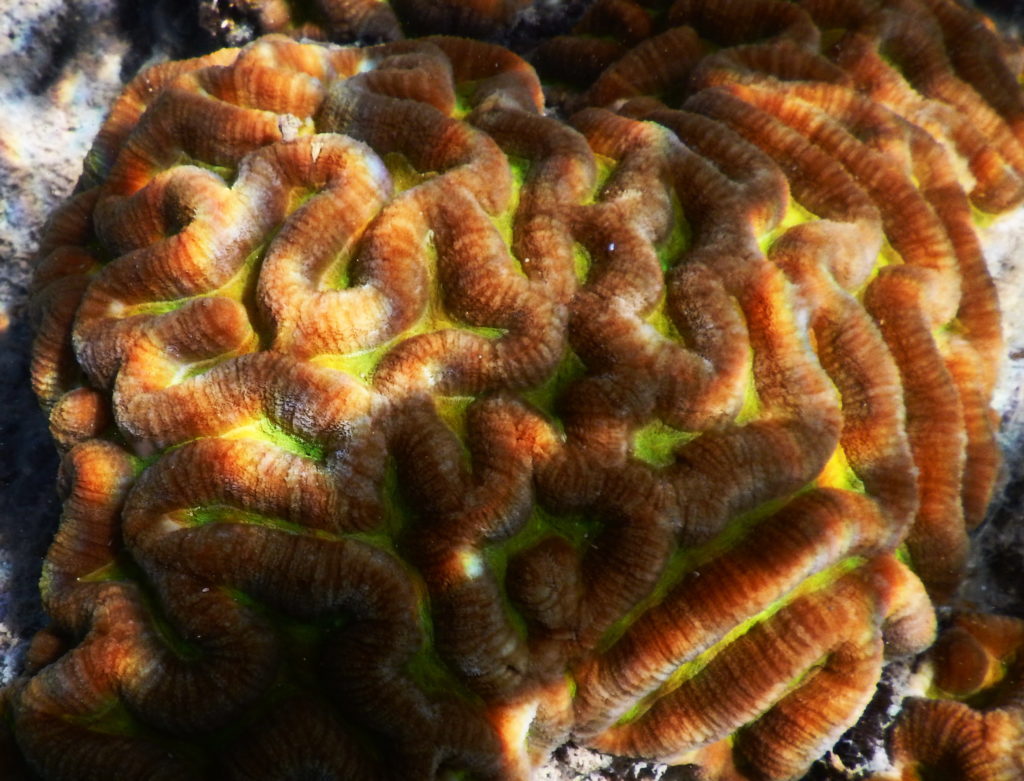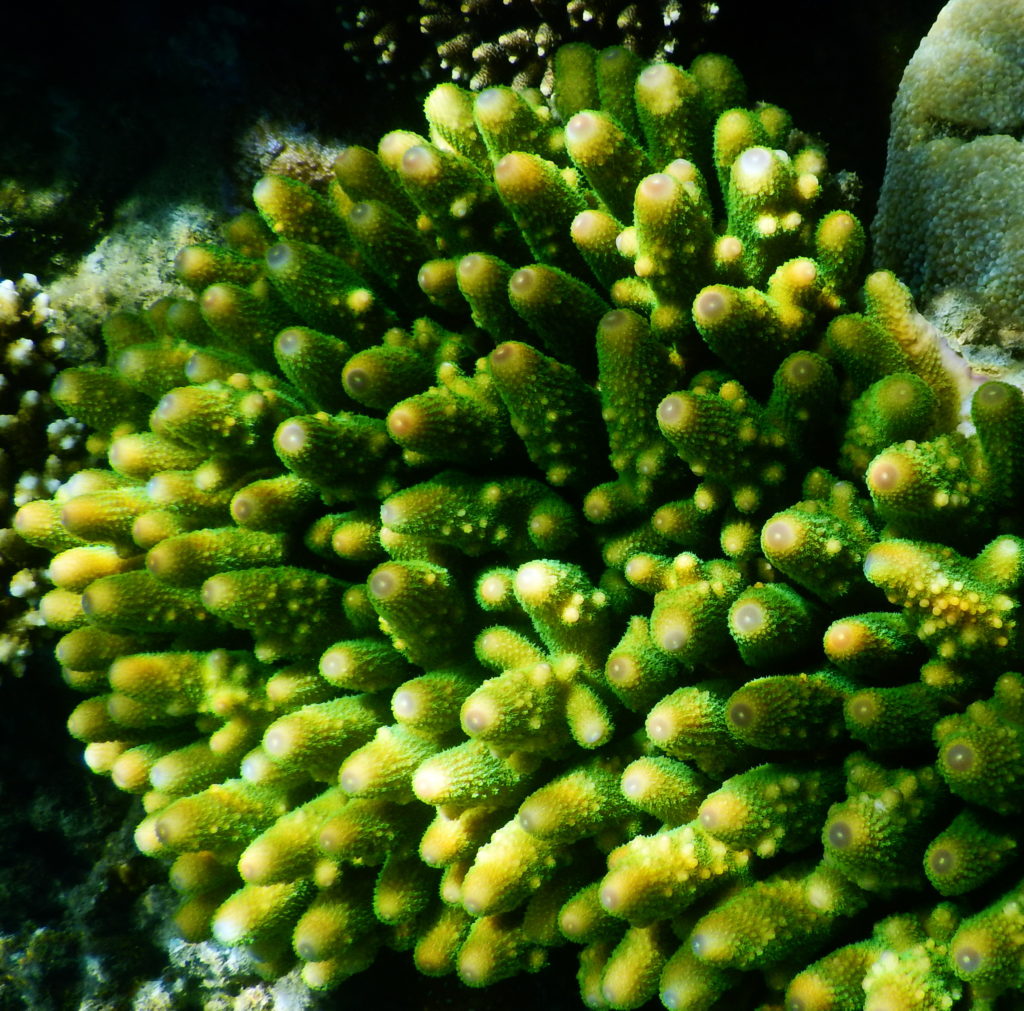Published in the Ocean Watch column, Honolulu Star-Advertiser © Susan Scott
July 2, 2016
News reports about the demise of the Great Barrier Reef are so pervasive that before I left Hawaii to sail there, several people asked me why I wanted to go.
Then I arrived and for six weeks enjoyed the most glorious corals I’ve ever seen.
So what’s the story? It’s complicated.
It’s true that warmer-than-normal water due to El Nino and climate change is seriously stressing the Great Barrier Reef’s corals. It’s not true, however, that over 90 percent of them are dead.
False impressions come from coral bleaching studies with startling titles, confusing statistics and locations that mean little to those unfamiliar with Australia.

In April, for instance, the Australian Research Council’s Centre of Excellence for Coral Reef Studies issued a media release with the headline, “Only 7 percent of the Great Barrier Reef has avoided coral bleaching.” From this the Huffington Post ran the headline: “93 Percent of the Great Barrier Reef’s Coral is Practically Dead.”
Not so. I sailed and snorkeled in the central section of the reef and saw only one bleached coral patch about 2 feet square.

Part of the confusion is the term bleaching, the name of a phenomenon involving corals’ embedded algae. Corals host about 10 species of algae, the source of corals’ lovely colors.
Several events occur when ocean temperatures rise, one being that the corals’ algae produce more oxygen, consequently breaking down the creatures’ chemical sunscreen. And so to prevent death from sunburn, the corals oust their algae. Coral colonies look white then because the transparent animals sit in white calcium carbonate cups of their own making. Hence the word bleached.

Bleaching doesn’t always mean death. Corals also get food by stinging passing animal plankton and can survive on that for some time depending on species and conditions. When the water cools, the colorless corals still alive catch the algae they need from surrounding water. Surviving corals might grow slower after a bleaching event or not reproduce well for a while, but they’re alive.
Coral bleaching and its rapid increase worldwide is a dire warning to the world that the oceans’ plants and animals are in trouble and, therefore, so is every living thing on Earth. As to how many of the Global Barrier Reef’s bleached corals will recover, how many will not and how to best help them get growing again, no one knows for sure. We have no previous experience with what happens when we heat up the entire planet.
The areas in the northern Great Barrier Reef have been hit hardest with bleaching, but all is not lost. I’ve seen some of the central area’s healthy, breathtaking corals. And that’s why I go.
